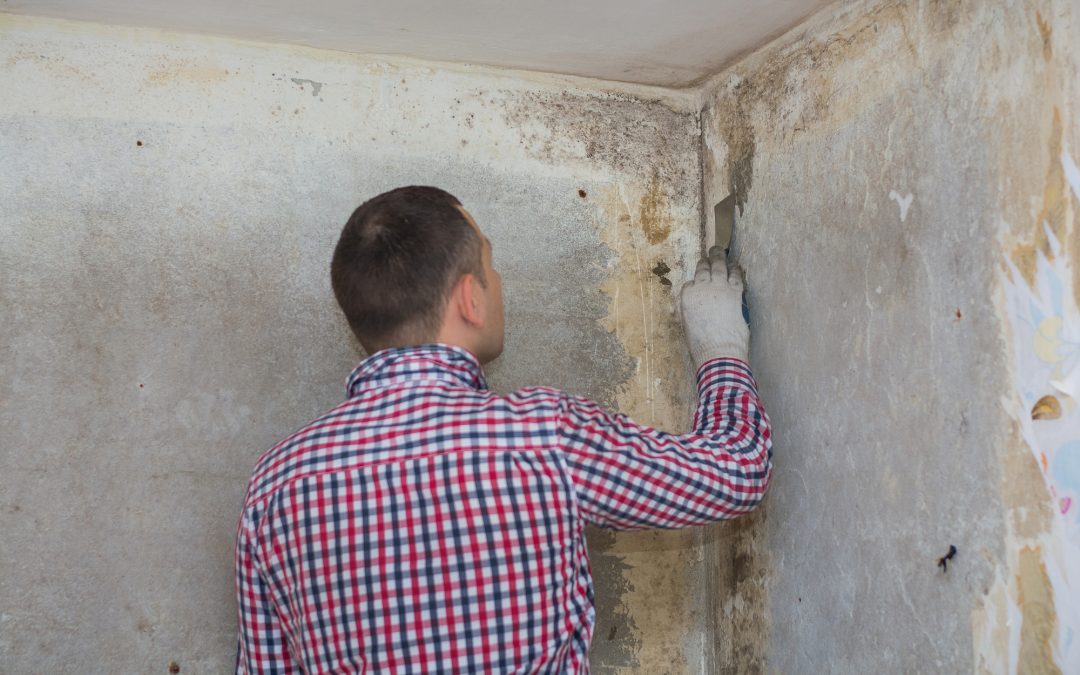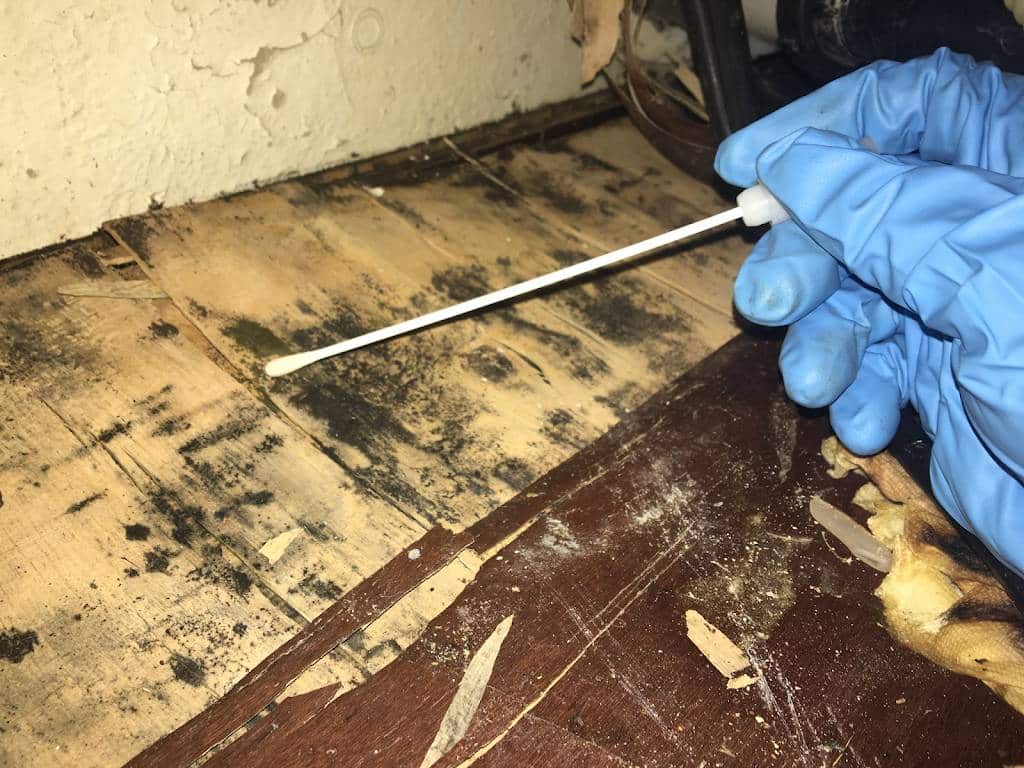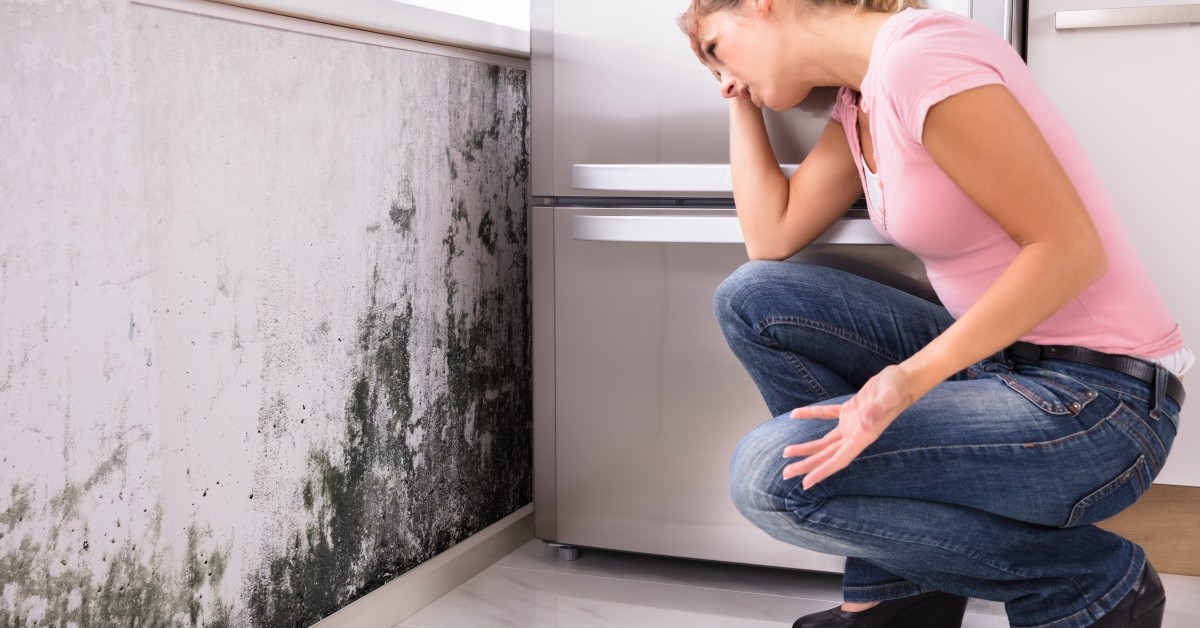Guidance on What to Do After Mold Remediation
Guidance on What to Do After Mold Remediation
Blog Article
Your Ultimate Guide to Blog Post Mold And Mildew Removal Methods
In the aftermath of mold infestation, knowing how to efficiently eliminate the mold and prevent its reoccurrence is critical for maintaining a healthy interior setting. From picking the ideal cleaning and sanitizing methods to executing approaches for long-term mold avoidance, each action in the remediation trip plays a critical duty in ensuring an effective end result.
Recognizing Post-Mold Removal Refine
After completing the mold and mildew remediation procedure, it is crucial to comprehend the post-mold remediation strategies that are required to guarantee a extensive and effective cleanup. As soon as the mold and mildew has been gotten rid of, the following step involves cleaning and decontaminating the affected locations to stop any regrowth of mold. This consists of using specialized cleaning up representatives to wipe down surfaces and kill any kind of continuing to be mold spores. It is important to dry the location entirely to dissuade the growth of mold and mildew in the future (Post Mold remediation cleaning). Appropriate air flow and dehumidification can assist in this process.
Moreover, conducting a last examination post-remediation is important to make sure that all mold has been effectively eliminated. This assessment needs to include a comprehensive aesthetic check as well as potentially air sampling to confirm the absence of mold spores in the air. Additional removal may be required if the examination exposes any kind of remaining mold and mildew. Informing occupants on preventative procedures such as regulating wetness degrees and immediately dealing with any type of water leaks can help preserve a mold-free setting.
Reliable Cleansing and Decontaminating Methods

Protecting Against Future Mold Development

Value of Appropriate Ventilation
Proper ventilation plays an essential duty in avoiding moisture accumulation, a vital consider mold development within interior settings. Effective air flow systems help get rid of excess humidity from the air, decreasing the possibilities of mold and mildew spores discovering the dampness they require to spread out and germinate. Without sufficient air flow, interior spaces can come to be a reproduction ground for mold and mildew, leading to potential health dangers and structural damage.
By making certain correct air blood circulation, air flow systems can likewise aid in drying out damp locations extra rapidly after water damage or flooding events, additionally deterring mold and mildew growth. After mold remediation. In areas like restrooms, kitchens, cellars, and attic rooms where dampness degrees have a tendency to be higher, setting up and keeping reliable air flow systems is critical in stopping mold and mildew invasions

Monitoring and Maintenance Tips
Provided the essential role that correct air flow plays in preventing mold growth, it is imperative to establish reliable tracking and upkeep ideas to guarantee the continued functionality of ventilation systems. Surveillance moisture levels within the home is likewise essential, as high moisture can contribute to mold and mildew development. By staying aggressive and attentive to the problem of ventilation systems, building owners can successfully minimize the threat of mold regrowth and preserve a healthy and balanced interior setting.
Conclusion
In conclusion, post-mold remediation methods are vital for making sure a risk-free and tidy environment. Comprehending the process, applying effective cleansing and sanitizing approaches, avoiding future mold and mildew development, preserving proper ventilation, and normal tracking are all critical action in the remediation process. By following these guidelines, you can successfully remove mold and prevent its return, working or promoting a healthy living space for all residents.
In the results of mold infestation, knowing exactly how to properly get rid of site here the mold and mildew and stop its reoccurrence is paramount for maintaining a healthy indoor setting. When the mold and mildew has actually been gotten rid of, the next action entails cleansing and disinfecting the influenced locations to avoid any regrowth of mold and mildew - what to do after mold remediation. After getting rid of visible mold development, it is essential to clean all surface areas in the damaged area to get rid of any type of remaining mold and mildew spores. To additionally enhance mold and mildew avoidance measures, it is vital to address underlying problems that originally led to mold advancement.Offered the vital duty that correct ventilation plays in stopping mold growth, it is critical to develop effective surveillance and upkeep ideas to make sure the ongoing performance of air flow systems
Report this page